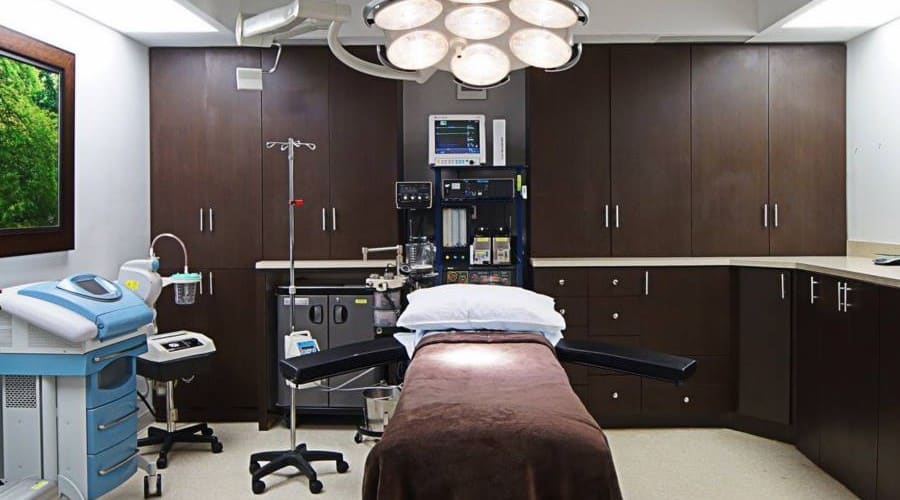Solutions for Gynecomastia

The good news is that no man has to live with what are often derisively referred to as “man boobs.” Whether the loss of a masculine chest profile happened as a result of hormones or weight gain, skilled plastic surgeons such as Dr. Christopher Craft are able to reverse the condition with proven surgical techniques.
Types of Gynecomastia
Not all cases of male breast enlargement are the same. The unwanted development of this condition happens in different ways for different types of people. In many cases, patients who were once obese and have lost substantial weight will experience loose folds of skin on the chest. The amount of this excess skin depends on whether a patient’s skin is flexible enough to shrink as fat volume is reduced.
Patients with normal weight often see glandular enlargement, the type of gynecomastia that is triggered by changes in hormones. Patients who have a very low BMI, including bodybuilders who have used steroids, may develop an enlarged breast profile when excess tissue develops behind the areola. This tissue often feels like a solid lump.
Each type of patient will require a different surgical solution, ranging from removal of tissue through a small incision, to removal supplemented by liposuction, to a procedure that involves surgically cutting away excess skin.
Surgical Procedures
In some cases, liposuction can completely resolve gynecomastia. It depends upon whether the excess volume in the breast area is caused by a growth of fat or glandular tissue. If you are overweight, there is a good chance that most of the breast volume is comprised of fat. Men who are thin or who have taken steroids usually need to undergo an excision procedure to restore a masculine profile. In some patients, using both liposuction and excision will be appropriate.
Shaping a natural profile involves removing strategic amounts of fat and glandular tissue, rather than performing an extensive reduction that will create surface depressions or, in overweight patients, may make the chest seem unnaturally out of proportion with the abdomen. This is especially true if the patient later loses a great deal of weight.
If you would like more information on gynecomastia surgery, schedule a personal consultation with experienced Miami plastic surgeon Dr. Christopher Craft today.
This entry was posted in Male Breast Reduction . Bookmark the permalink














